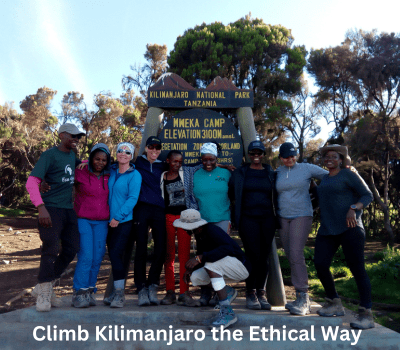Can I Climb Kilimanjaro Without Prior Mountaineering Experience?
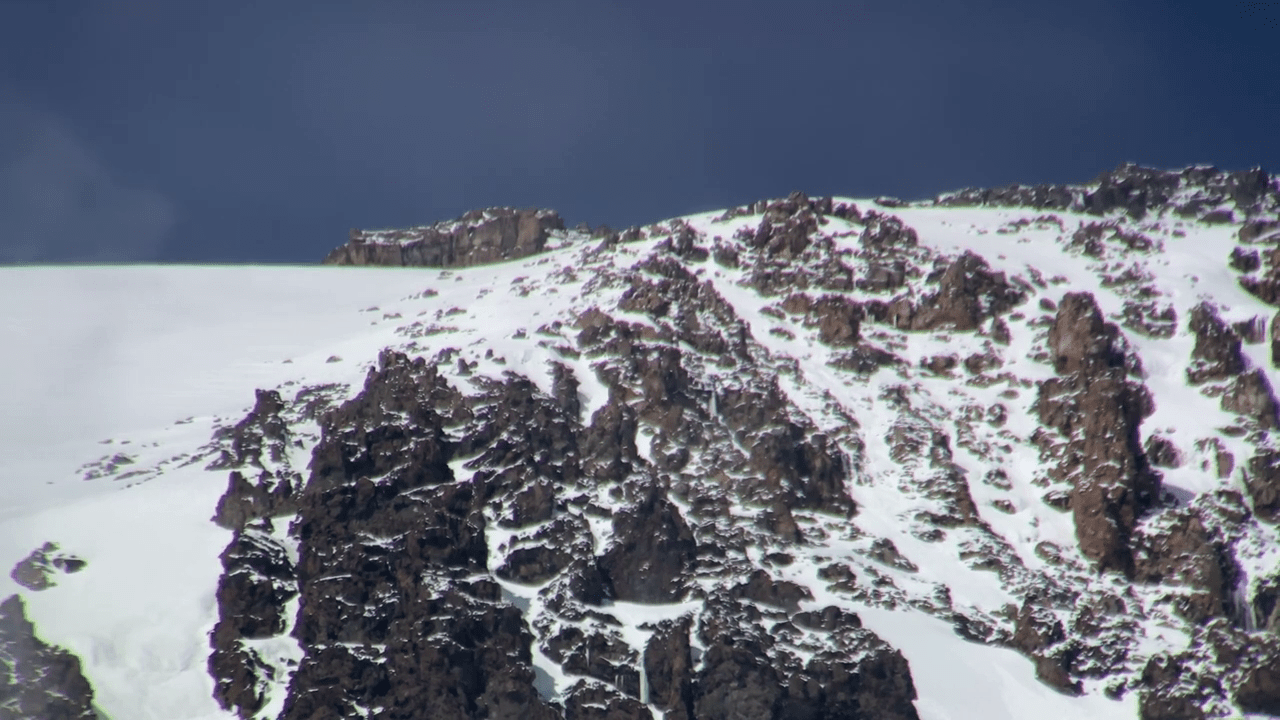
Introduction: The Dream of Reaching Africa’s Highest Point
Every year, thousands of people from around the world set their sights on Mount Kilimanjaro, the highest free-standing mountain on Earth. Towering at 5,895 meters (19,341 feet), it’s a destination that inspires both seasoned trekkers and complete novices. But if you’ve never climbed a mountain before, you might wonder—can I really summit Kilimanjaro without prior mountaineering experience?
The short answer is yes. In fact, most climbers who successfully reach Uhuru Peak are first-time trekkers. Kilimanjaro is often described as “the most accessible high summit in the world,” and it’s one of the few that doesn’t require technical climbing skills. However, accessibility doesn’t mean it’s easy. The altitude, terrain, and weather still pose serious challenges. That’s why smart preparation, expert guidance, and the right mindset are essential.
In this guide, we’ll show you exactly why you don’t need to be a mountaineer to conquer Kilimanjaro—and how Eco-Africa Climbing makes it possible for beginners to succeed safely and confidently.
Do You Need Climbing Experience to Summit Kilimanjaro?
No technical mountaineering experience is required to climb Kilimanjaro. There’s no need for ropes, harnesses, crampons, or ice axes. All the major routes are considered trekking paths, meaning they are walkable without the use of hands or special climbing techniques. That’s one of the biggest reasons why Kilimanjaro is such a popular “first big mountain.”
That said, don’t underestimate the climb. It’s still a high-altitude adventure, and the risks of altitude sickness, fatigue, and unpredictable weather are real. What matters more than experience is being prepared physically and mentally—and climbing with a licensed operator like Eco-Africa Climbing who understands the needs of beginner trekkers.
What Makes Kilimanjaro Accessible to Beginners?
Kilimanjaro is often ranked among the most beginner-friendly high-altitude mountains in the world. Here’s why:
- No Technical Climbing: All primary routes are hiking trails—no mountaineering gear or rock-climbing skills are needed.
- Professional Support: Licensed guides, porters, and cooks take care of logistics, gear, and safety.
- Variety of Routes: From short and steep to long and gradual, you can choose a route based on your fitness level. For beginners, we recommend the 8 Days Lemosho or 9 Days Northern Circuit routes for their excellent acclimatization profiles.
If you can walk for 5 to 7 hours a day on uneven terrain, you can summit Kilimanjaro—with the right training, pace, and support. The mountain is a trekker’s challenge—not a climber’s conquest.
Fitness Over Experience: Why Physical Preparation Matters More
Your physical condition is more important than previous mountaineering experience. Being in good shape increases your stamina, helps with acclimatization, and makes the journey more enjoyable. Start training at least two to three months before your trip. Focus on:
- Cardio training (hiking, walking, running, cycling)
- Leg and core strength exercises
- Back-to-back long hikes on weekends
- Using a backpack to simulate real conditions
Check out our full Kilimanjaro training guide and 12-week preparation plan to get started.
How Eco-Africa Climbing Supports First-Time Trekkers
At Eco-Africa Climbing, we specialize in helping first-timers achieve their Kilimanjaro dream. From day one, we guide you through gear selection, training advice, and acclimatization strategy. Once on the mountain, our experienced guides provide daily health monitoring, emergency oxygen, and encouragement every step of the way.
We also offer special groups for women and join-in treks to connect you with like-minded climbers.
Best Kilimanjaro Routes for First-Time Trekkers
Choosing the right route is crucial for first-time climbers. The Lemosho Route and the Northern Circuit Route are highly recommended for beginners due to their longer durations, which allow for better acclimatization and higher success rates. These routes offer gradual ascents and diverse scenery, enhancing the overall trekking experience.
The Machame Route, also known as the “Whiskey Route,” is another popular choice. It provides a good balance between challenging terrain and scenic views, making it suitable for those with a moderate fitness level. While the Marangu Route offers hut accommodations, it’s often more crowded and has a lower success rate due to its shorter duration.
Acclimatization Tips: How to Prepare for High Altitude
Proper acclimatization is key to a successful Kilimanjaro climb. It’s recommended to choose routes that allow for gradual ascent and include rest days. The “climb high, sleep low” strategy, where climbers ascend to higher altitudes during the day and descend to sleep at lower elevations, can help the body adjust to decreasing oxygen levels.
Staying hydrated, maintaining a slow and steady pace, and listening to your body’s signals are essential. Some climbers also consider pre-acclimatization techniques, such as spending time at high altitudes before the trek or using altitude simulation equipment during training.
Training Plans: Building Strength and Endurance
Even without mountaineering experience, physical preparation is vital. A comprehensive training plan should start at least 8-12 weeks before the climb and include:
- Cardiovascular exercises: Activities like hiking, jogging, or cycling to improve stamina.
- Strength training: Focus on legs, core, and upper body to handle the demands of trekking with a backpack.
- Flexibility and balance: Incorporate yoga or stretching routines to enhance mobility and prevent injuries.
- Practice hikes: Simulate trekking conditions by hiking on varied terrains with a loaded backpack.
Consistency is key. Gradually increase the intensity and duration of workouts to build endurance and confidence for the climb.
Essential Gear: What You Need to Bring
Having the right gear ensures comfort and safety on the mountain. Essential items include:
- Clothing: Layered clothing system with moisture-wicking base layers, insulating mid-layers, and waterproof outer layers.
- Footwear: Well-fitted, broken-in hiking boots with good ankle support.
- Sleeping gear: A four-season sleeping bag rated for sub-zero temperatures and an insulating sleeping pad.
- Accessories: Headlamp with extra batteries, trekking poles, sunglasses, gloves, and a wide-brimmed hat.
- Hydration and nutrition: Reusable water bottles or hydration bladders and high-energy snacks.
Ensure all gear is tested and comfortable before the trek to avoid issues during the climb.
Common Mistakes First-Time Climbers Make
Awareness of common pitfalls can enhance your chances of a successful summit:
- Underestimating the challenge: Assuming Kilimanjaro is an easy climb due to its non-technical nature.
- Inadequate preparation: Skipping physical training or not acclimatizing properly.
- Poor gear choices: Bringing new or untested equipment that may cause discomfort or fail.
- Ignoring health signs: Not addressing symptoms of altitude sickness promptly.
- Rushing the ascent: Moving too quickly without allowing the body to adjust to altitude changes.
By preparing thoroughly and being mindful of these common mistakes, first-time climbers can increase their chances of a safe and successful Kilimanjaro experience.
Mental Preparation: The Key to Summit Success
Climbing Kilimanjaro is as much a mental challenge as it is a physical one. The mountain tests your resilience, determination, and ability to push through discomfort. Mental preparation involves setting realistic expectations, understanding the challenges ahead, and developing strategies to stay motivated during tough times.
One effective approach is to break the climb into manageable sections, focusing on reaching the next camp rather than the summit. This helps maintain a positive mindset and prevents feeling overwhelmed. Additionally, practicing mindfulness and visualization techniques can enhance mental fortitude, allowing you to stay calm and focused during the ascent.
Remember, it’s normal to experience moments of doubt or fatigue. Acknowledging these feelings and having coping mechanisms in place, such as deep breathing or positive self-talk, can make a significant difference in your overall experience.
Importance of a Supportive Team
Having a supportive team is crucial for first-time climbers. Experienced guides and porters not only ensure your safety but also provide encouragement and assistance throughout the journey. They monitor your health, manage logistics, and share valuable insights about the mountain.
Climbing with a group can also boost morale. Sharing experiences, challenges, and triumphs with fellow trekkers fosters camaraderie and creates a sense of community. This support network can be instrumental in overcoming difficult moments and celebrating successes together.
Choosing a reputable tour operator that prioritizes client well-being and employs knowledgeable staff is essential. Their expertise and dedication can transform a daunting endeavor into an achievable and memorable adventure.
Health and Safety Considerations
Ensuring your health and safety is paramount when climbing Kilimanjaro. Altitude sickness is a common concern, and understanding its symptoms—such as headaches, nausea, and dizziness—is vital. Acclimatization strategies, like ascending slowly and taking rest days, help mitigate these risks.
Staying hydrated, maintaining a balanced diet, and getting adequate rest are also critical. Carrying a well-stocked first aid kit and any necessary personal medications is advisable. Additionally, having comprehensive travel insurance that covers high-altitude trekking and emergency evacuation provides peace of mind.
Regular health check-ups before the trip can identify any underlying conditions that may affect your ability to climb. Consulting with a healthcare professional ensures you’re physically prepared for the challenges ahead.
Environmental Responsibility: Leave No Trace
Preserving the natural beauty of Kilimanjaro is a shared responsibility. Adhering to Leave No Trace principles ensures the mountain remains pristine for future generations. This includes disposing of waste properly, minimizing campfire impacts, and respecting wildlife.
Using eco-friendly products, such as biodegradable soap and reusable water bottles, reduces environmental impact. Staying on designated trails prevents soil erosion and protects fragile ecosystems. Supporting tour operators committed to sustainable practices further promotes conservation efforts.
Educating yourself about the local environment and cultural significance of the mountain fosters a deeper appreciation and encourages responsible behavior throughout your journey.
Cultural Sensitivity and Supporting Local Communities
Engaging respectfully with local communities enriches your climbing experience. Understanding and honoring cultural customs, traditions, and languages demonstrates appreciation and fosters positive interactions. Learning a few basic phrases in Swahili, for instance, can go a long way in building rapport.
Supporting local economies by purchasing handmade crafts or choosing locally-owned accommodations contributes to community development. Being mindful of cultural norms, such as appropriate dress codes and photography etiquette, shows respect and promotes mutual understanding.
Participating in cultural exchanges or community-based tourism initiatives offers insights into the lives of those who call the region home, creating meaningful connections and lasting memories.
Conclusion: No Experience? No Problem — Just Be Prepared
So, can you climb Mount Kilimanjaro without mountaineering experience? Absolutely. Kilimanjaro is a trek, not a climb, and thousands of first-timers successfully reach the summit each year. What matters more is your fitness level, mental determination, the route you choose, and the guiding team that supports you.
At Eco-Africa Climbing, we’re committed to helping beginners achieve their summit dreams through professional guidance, ethical practices, and personalized support. With the right preparation and mindset, Africa’s tallest peak can be your most rewarding challenge yet.
Frequently Asked Questions (FAQs)
Do I need any mountaineering gear to climb Kilimanjaro?
No. Kilimanjaro is a trekking route. You’ll need hiking boots and layered clothing, but no technical equipment like ropes or crampons.
What’s the success rate for first-time climbers?
Routes like the Northern Circuit and Lemosho have high success rates for first-time climbers due to better acclimatization.
Can I train at home if I live in a flat area?
Yes! You can use stair climbs, treadmill inclines, and long walks with a backpack to simulate trekking conditions. View our training plan for guidance.
How many days should I plan for the climb?
We recommend at least 7–9 days. Longer itineraries allow for better acclimatization and increase your chance of reaching the summit.
What support does Eco-Africa Climbing offer to beginners?
We provide pre-trip consultations, expert guides, daily health monitoring, gear advice, and customized itineraries for all experience levels.
Book Your Beginner-Friendly Kilimanjaro Climb With Eco-Africa Climbing
Don’t let inexperience hold you back. With Eco-Africa Climbing, first-timers get everything they need for a safe and successful summit—from expert training tips to fully guided, supportive climbs.
Explore these beginner-friendly routes:
Request a quote today or get in touch with our friendly team.
Share:
Related Posts
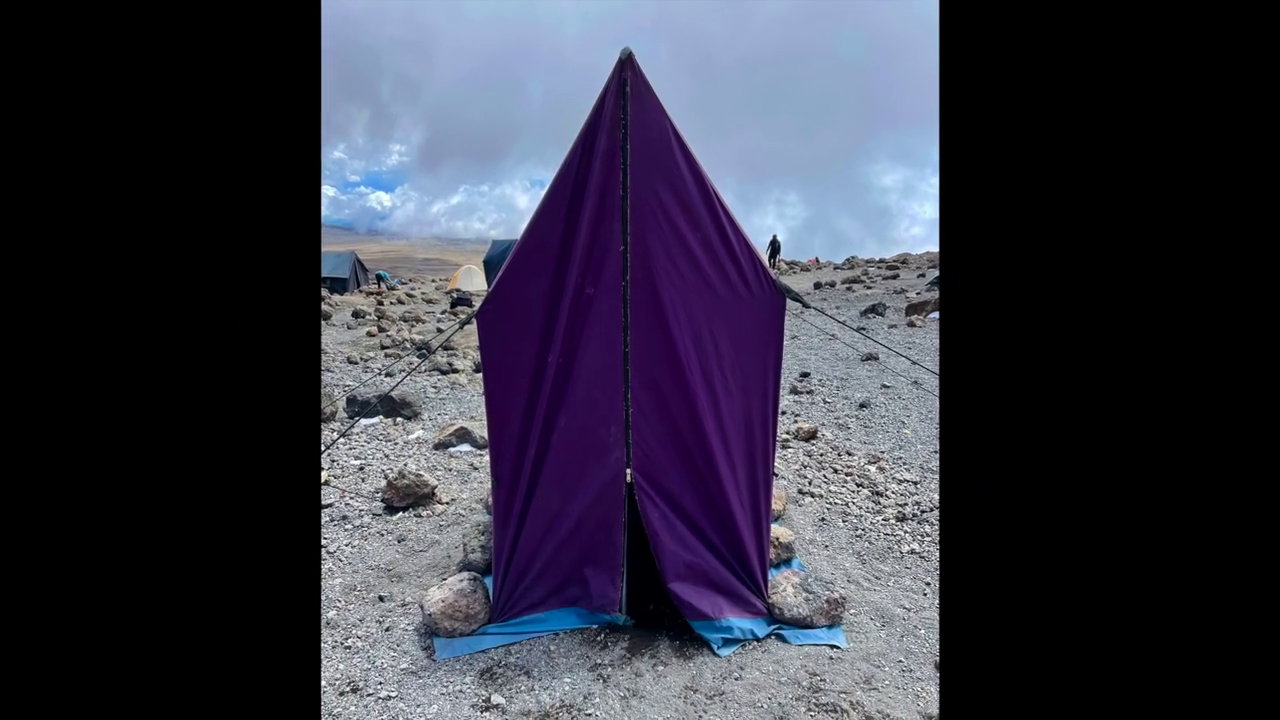
bathroom on mountain kilimanjaro
Bathroom on Mountain Kilimanjaro: What to Expect and How to Prepare Introduction One of the most common — and least discussed — questions from people
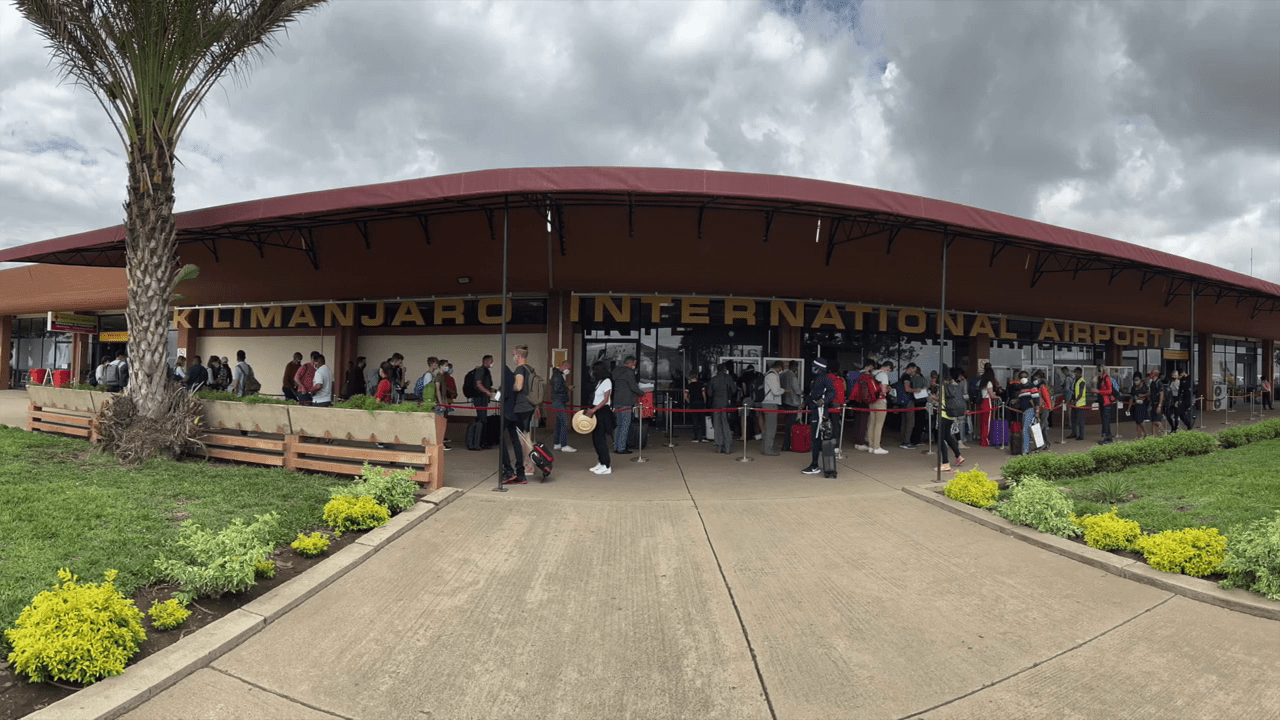
Are Guides Readily Available in Tanzania Without Prior Booking?
Are Guides Readily Available in Tanzania Without Prior Booking? Introduction: Should You Risk Climbing Without Pre-Booking? Climbing Mount Kilimanjaro is a dream for many adventurers.
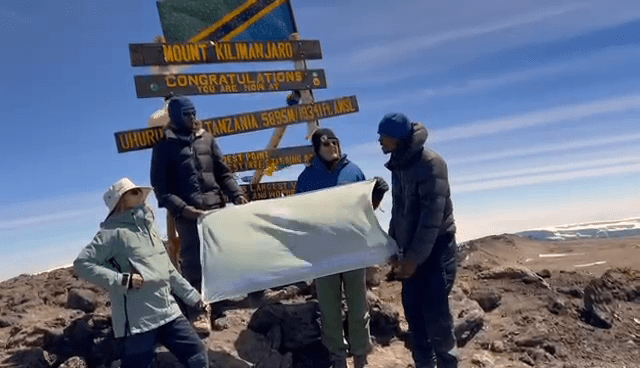
How Can I Find a Reliable Local Guide for My Kilimanjaro Expedition?
How Can I Find a Reliable Local Guide for My Kilimanjaro Expedition? Introduction: Why the Right Guide Is Key to Kilimanjaro Success Climbing Mount Kilimanjaro
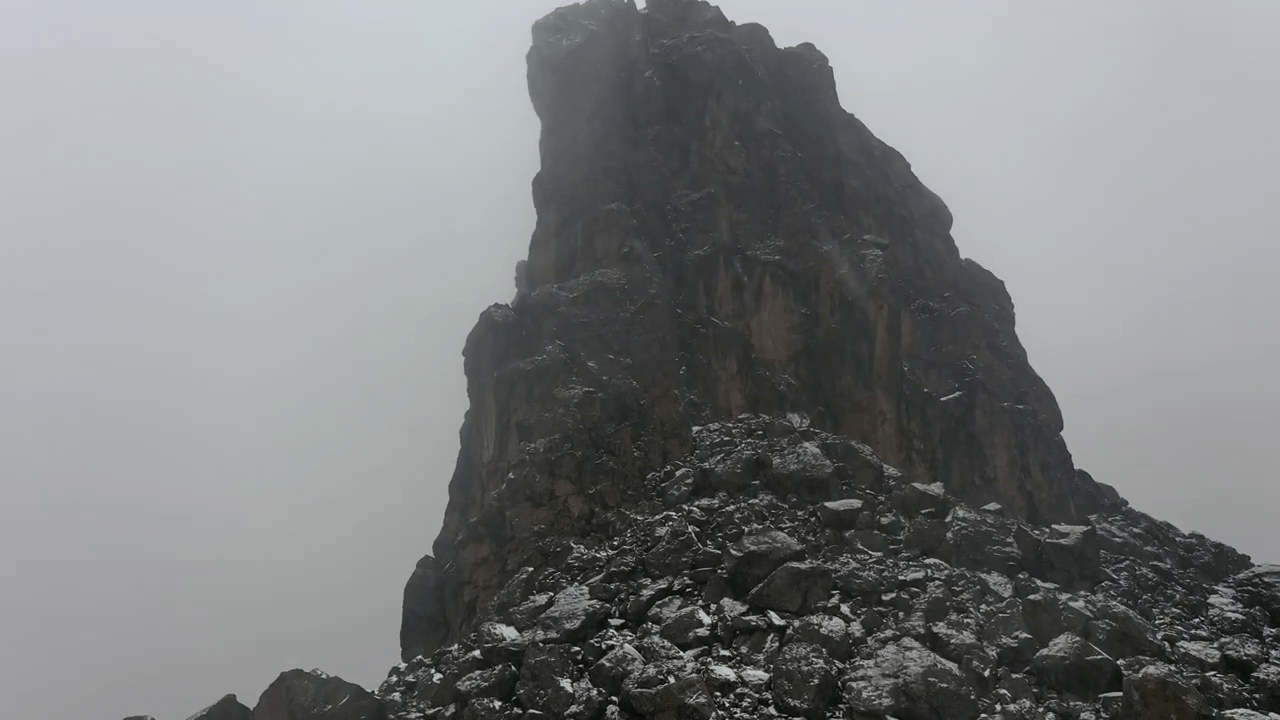
Is Climbing Kilimanjaro Dangerous for Individuals Without Mountaineering Experience?
Is Climbing Kilimanjaro Dangerous for Individuals Without Mountaineering Experience? Introduction: The Myth of Danger and Experience Many aspiring adventurers wonder if climbing Mount Kilimanjaro is
